Accurate measurement of gas flow in large pipelines is crucial for industries like chemical processing, energy production, and manufacturing.
Monitoring and controlling gas flow can optimize process efficiency, reduce costs, and ensure safety. Various technologies exist to measure gas flow in large pipelines, each with its own strengths, limitations, and applications.
This article provides a detailed examination of the most commonly used methods for measuring gas flow, with emphasis on large-scale pipeline systems.
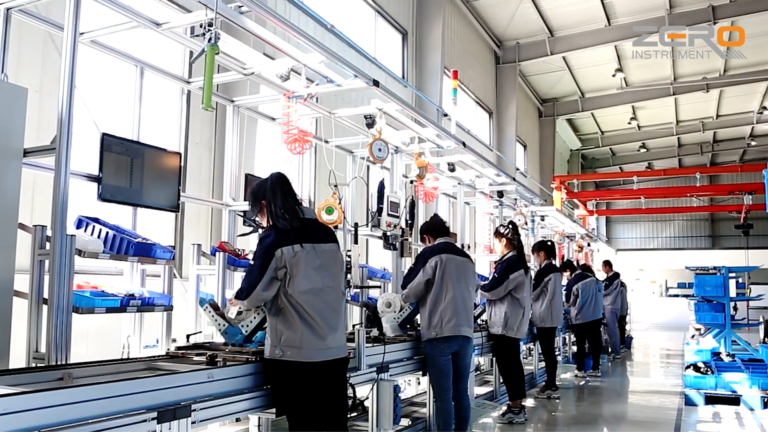
1. Differential Pressure Flow Meters
Differential pressure (DP) flow meters are one of the most traditional and widely used methods to measure gas flow. These meters operate based on Bernoulli’s principle, where a pressure drop is created by a constriction in the pipe, and the flow rate is calculated from the resulting pressure difference.
How It Works:
A restriction, such as an orifice plate, nozzle, or Venturi tube, is placed in the pipeline. When gas flows through the constriction, a pressure drop occurs across the device. The flow rate is proportional to the square root of the differential pressure. By measuring the pressure difference between the two points, the volumetric flow rate can be determined.
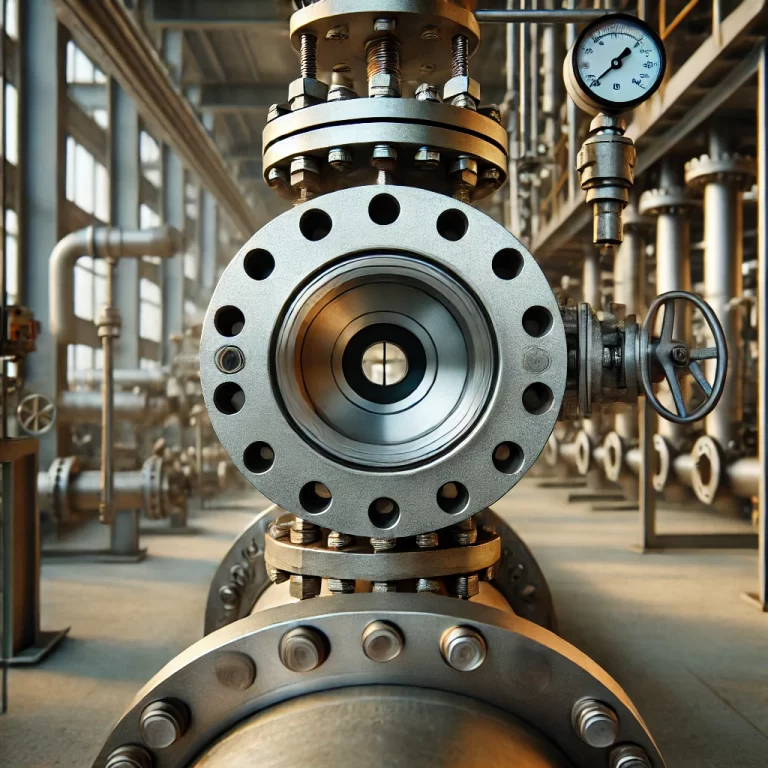
Pros:
- Simple and cost-effective.
- Can be used for a wide range of gases and flow conditions.
- Suitable for large-diameter pipelines.
Cons:
- Susceptible to inaccuracies due to temperature and pressure changes in the gas.
- Requires regular calibration.
- Pressure loss due to the constriction in the pipeline.
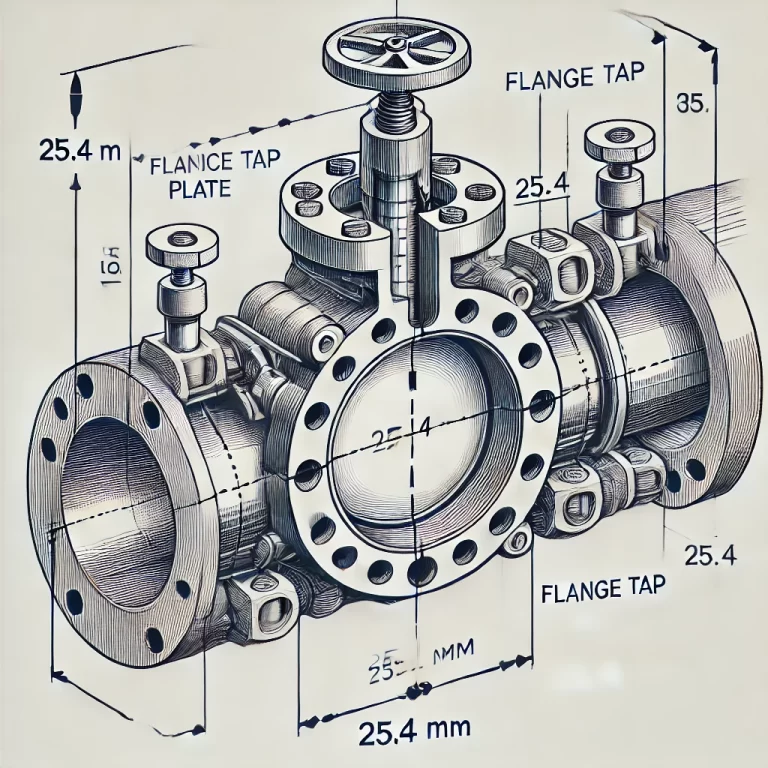
2. Vortex Flow Meters
Vortex flow meters utilize the Kármán vortex street principle, where gas flowing around a bluff body creates alternating vortices downstream of the obstruction. These vortices create pressure fluctuations that are proportional to the flow velocity.
How It Works:
A vortex generator is installed in the pipe. As the gas flows past the generator, it creates alternating low-pressure zones called vortices. The frequency at which these vortices form is directly proportional to the flow rate of the gas. This frequency is measured using a sensor, and the flow rate is calculated.
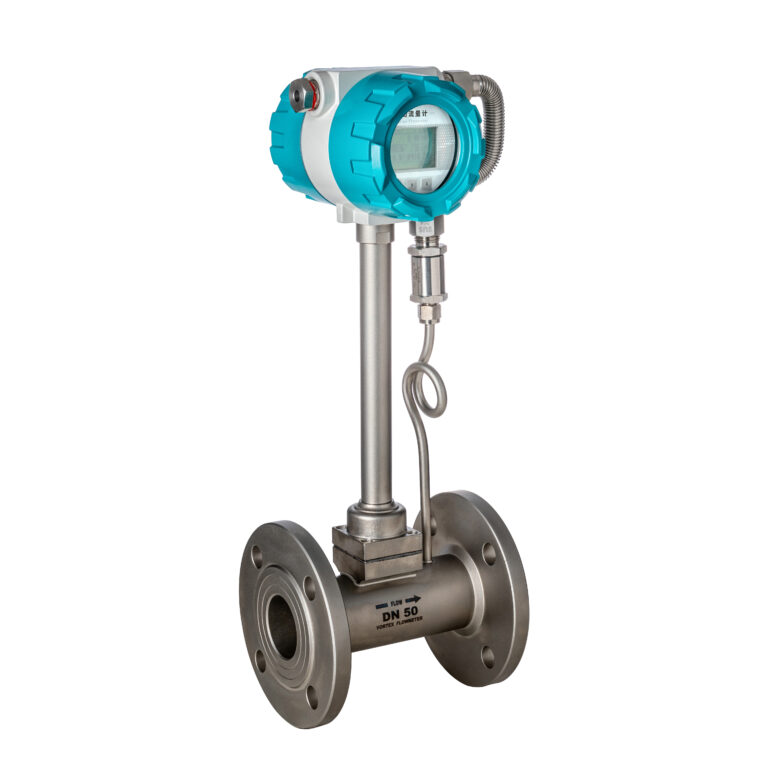
Pros:
- No moving parts, making them reliable and low-maintenance.
- Suitable for large pipeline diameters.
- Capable of handling high-pressure and high-temperature gas flows.
Cons:
- Sensitive to pipeline vibrations.
- Flow rate must be above a certain threshold to generate measurable vortices.
- Requires straight pipe sections upstream and downstream for accurate readings.
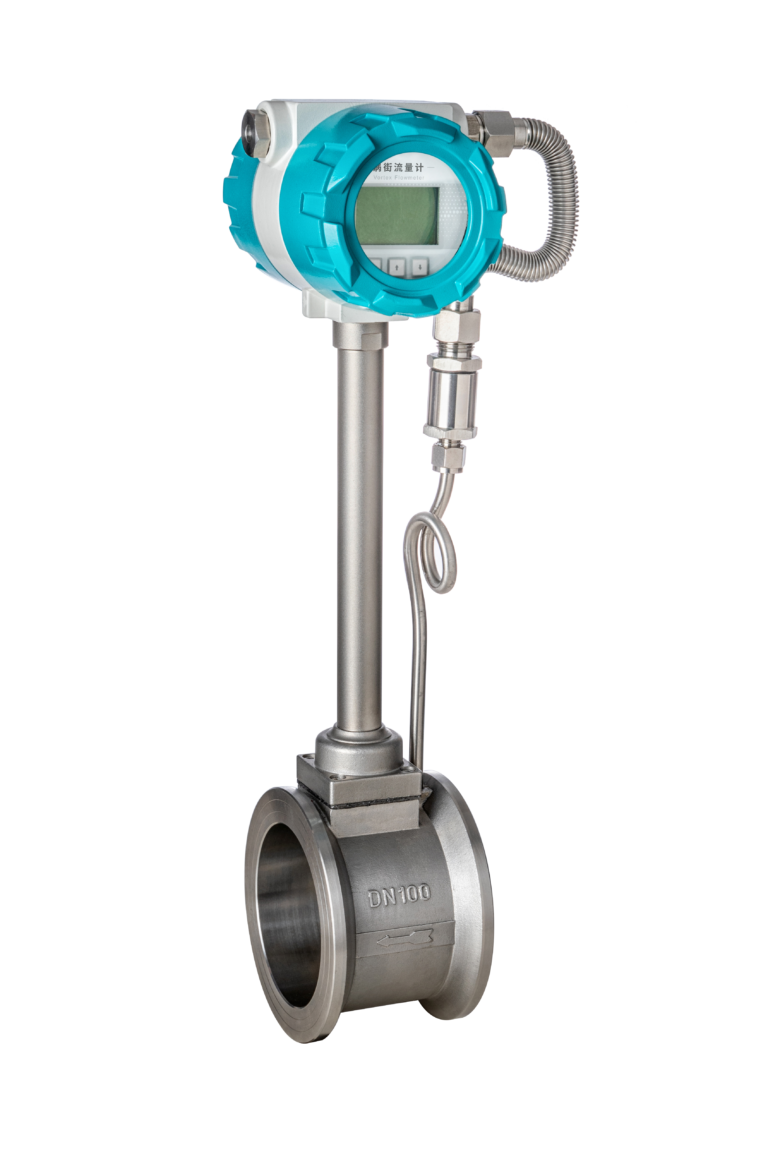
3. Thermal Mass Flow Meters
Thermal mass flow meters measure gas flow based on heat transfer from a heated element to the gas stream. The amount of heat dissipated is directly related to the mass flow of the gas.
How It Works:
A heated sensor element is inserted into the gas flow. As gas passes over the sensor, it carries away some of the heat, cooling the element. The amount of heat lost is proportional to the mass flow rate of the gas. By measuring this heat loss, the flow meter can directly determine the gas’s mass flow, without the need to account for temperature or pressure changes.
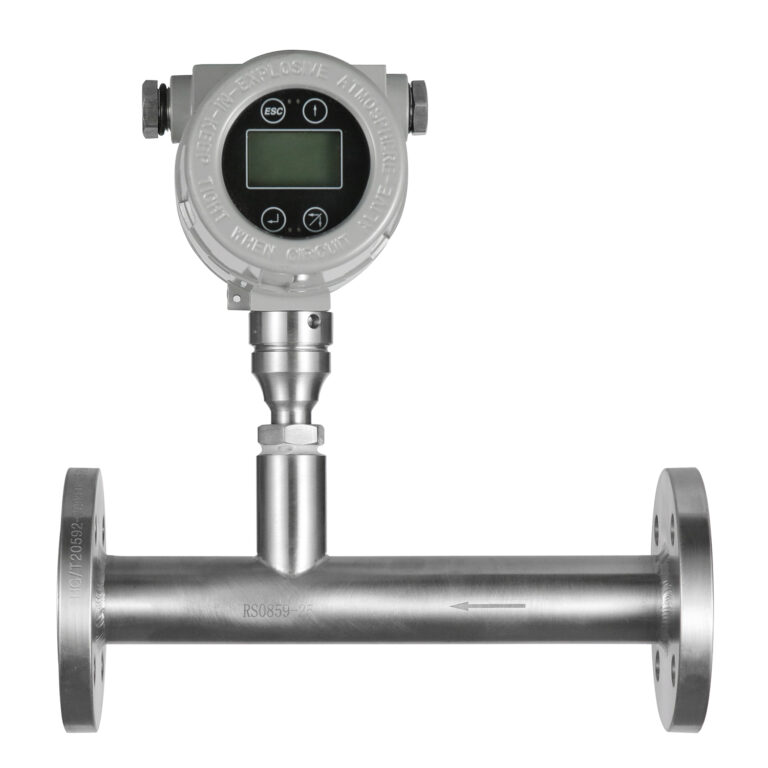
Pros:
- Directly measures mass flow, eliminating the need for additional pressure and temperature compensation.
- Ideal for low-flow rates and low-pressure gas streams.
- No moving parts, leading to minimal maintenance.
Cons:
- Sensitive to gas composition changes, as different gases have different thermal properties.
- Requires periodic cleaning of the sensor due to dirt or contaminants in the gas stream.
- Not suitable for very high temperatures.
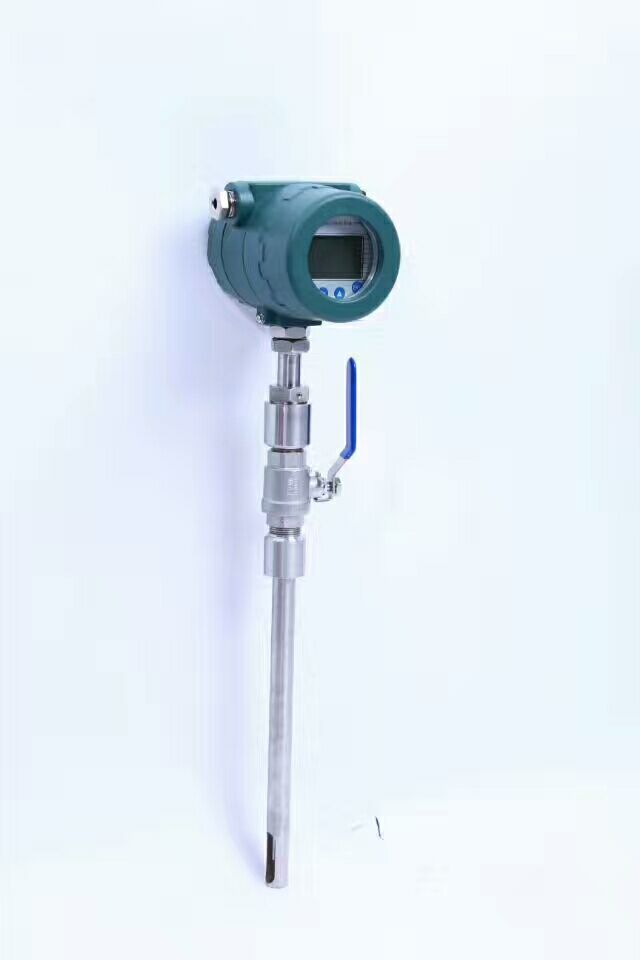
4. Ultrasonic Flow Meters
Ultrasonic flow meters measure the velocity of gas by sending ultrasonic sound waves through the gas flow. These meters are often used for large-diameter pipelines due to their non-intrusive nature and ability to handle a wide range of flow conditions.
How It Works:
Ultrasonic transducers are placed on opposite sides of the pipe. These transducers send sound waves through the gas, both in the direction of flow and against it. The time difference between the waves traveling with and against the flow is used to calculate the flow velocity. Since the velocity of the gas can be measured, the flow rate can then be calculated.
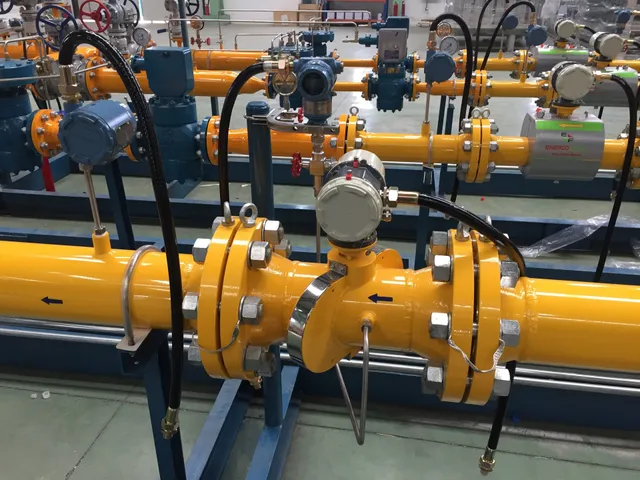
Pros:
- Non-invasive, as the sensors are mounted outside the pipe.
- Suitable for large pipeline diameters.
- High accuracy and can measure bidirectional flows.
- No pressure drop as there is no obstruction in the flow.
Cons:
- Expensive, especially for large pipelines.
- Sensitive to gas composition, temperature, and pressure.
- Performance may be degraded in cases of gas flow with high particulate or moisture content.
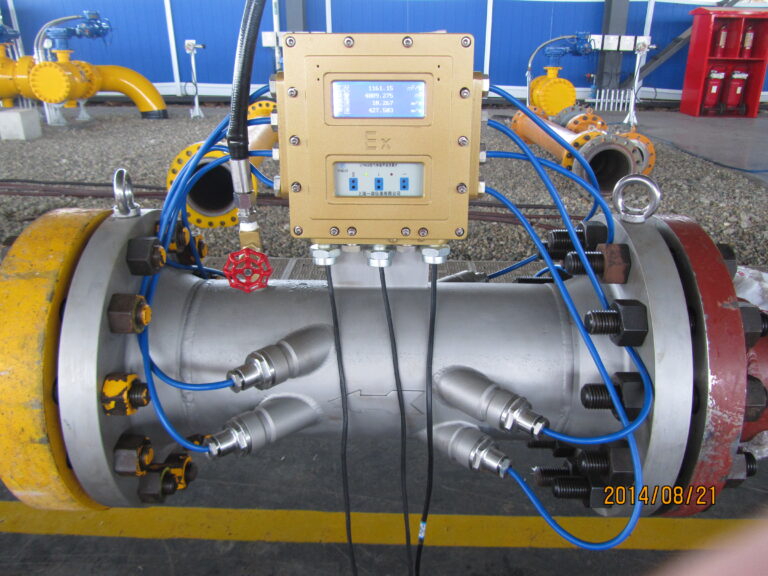
5. Positive Displacement Flow Meters
Positive displacement (PD) flow meters are mechanical devices that measure gas flow by trapping a specific volume of gas and counting the number of times the volume is filled and emptied.
How It Works:
Inside the flow meter, gas enters a chamber, and mechanical components like rotors, diaphragms, or pistons are used to isolate a fixed volume of gas. As the gas moves through the meter, the mechanical elements rotate or move, and the number of rotations or movements is counted. This count is then used to calculate the volumetric flow rate.

Pros:
- High accuracy for low flow rates.
- Not affected by upstream and downstream flow conditions.
- Suitable for small-diameter pipes and steady, low-flow gas conditions.
Cons:
- Not suitable for high-flow rates or large-diameter pipelines.
- Contains moving parts that can wear out over time.
- More prone to mechanical failure due to dirt or contaminants in the gas.
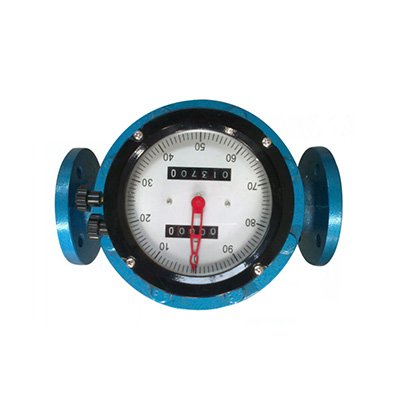
6. Coriolis Flow Meters
Coriolis flow meters measure gas flow based on the Coriolis effect, which occurs when gas flows through a vibrating tube. The force generated by the flow creates a measurable change in the tube’s vibration, which is proportional to the mass flow rate.
How It Works:
The gas flows through a pair of vibrating tubes. As the gas passes through, it creates a force on the tubes, causing them to twist slightly. This twisting force, or Coriolis force, is proportional to the mass flow rate of the gas. The degree of tube distortion is measured, and the mass flow rate is calculated.
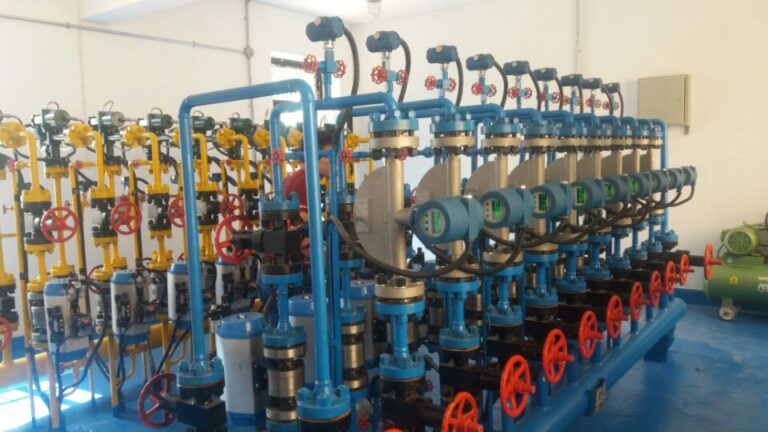
Pros:
- Directly measures mass flow with very high accuracy.
- Not affected by changes in pressure, temperature, or gas composition.
- Can measure a wide range of flow rates and is suitable for both low and high-pressure gas applications.
Cons:
- Expensive compared to other flow meters.
- Requires precise installation and alignment.
- Performance can be affected by pipeline vibrations.
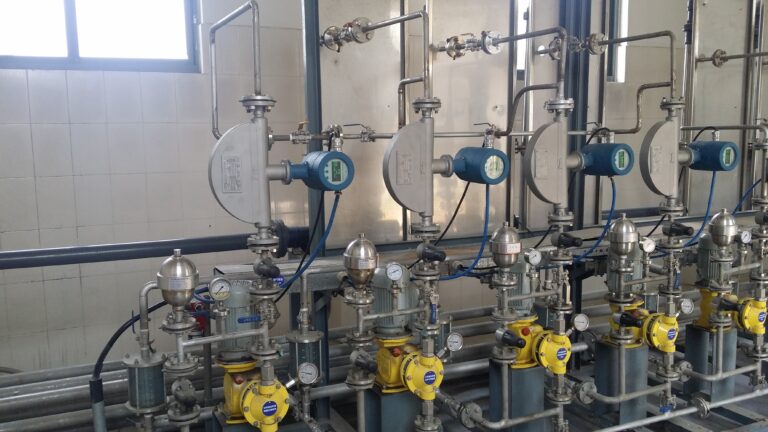
Key Factors Affecting Gas Flow Measurement
Several factors can impact the accuracy and reliability of gas flow measurements in large pipelines:
- Temperature and Pressure Variability: Gases are compressible, meaning their density changes with temperature and pressure. Some flow meters, like thermal mass flow meters, compensate for these changes, while others require external corrections.
- Pipe Installation: Straight pipe runs are often required before and after the meter to ensure uniform flow conditions. Any elbows, valves, or other fittings can cause turbulence and reduce measurement accuracy.
- Gas Composition: Changes in gas composition, moisture, or contaminants can affect certain types of flow meters, especially those relying on heat transfer or sound waves.

Conclusion
Selecting the right gas flow meter for large pipelines depends on various factors such as the type of gas, operating conditions, accuracy requirements, and budget. Differential pressure, vortex, thermal, ultrasonic, positive displacement, and Coriolis flow meters each offer unique advantages and are suited to specific applications.
Understanding the strengths and limitations of each technology can help ensure accurate gas flow measurement, which is critical for process optimization, cost management, and safety.
